
"Turbo" From 'Breakin' Schools Us in B-Boy History
"Turbo" From 'Breakin' Schools Us in B-Boy History
Published Wed, July 8, 2020 at 11:11 AM EDT
Everybody knows Michael Chambers as Turbo, the cute kid who did the Fred Astaire–inspired broom dance in Breakin’ and the ceiling scene in Breakin’ 2: Electric Boogaloo. But Chambers, known in dance circles as Boogaloo Shrimp, demoed his talents in many other touchstones of popular culture throughout the ’80s and ’90s. The kid who started out breaking for money on the Redondo Beach Pier in California went on to appear in Chaka Khan’s “I Feel for You” video as well as tour as a backup dancer with Lionel Richie, play Urkelbot on Family Matters, choreograph Bart Simpson in the “Do the Bartman” video, appear in Sugar Ray’s “Fly” video, dance in a Nancy Reagan PSA, and teach breaking around the world.
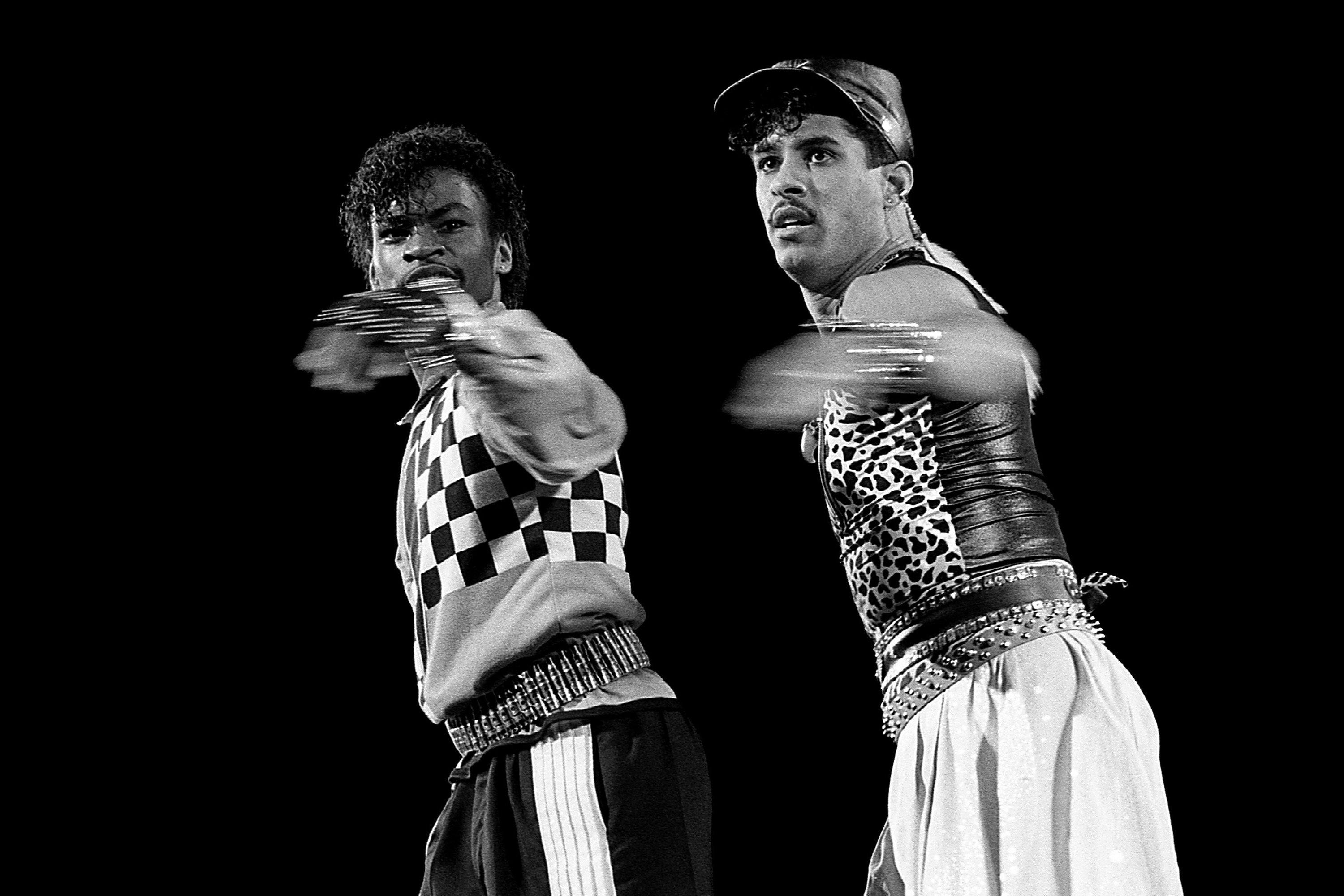
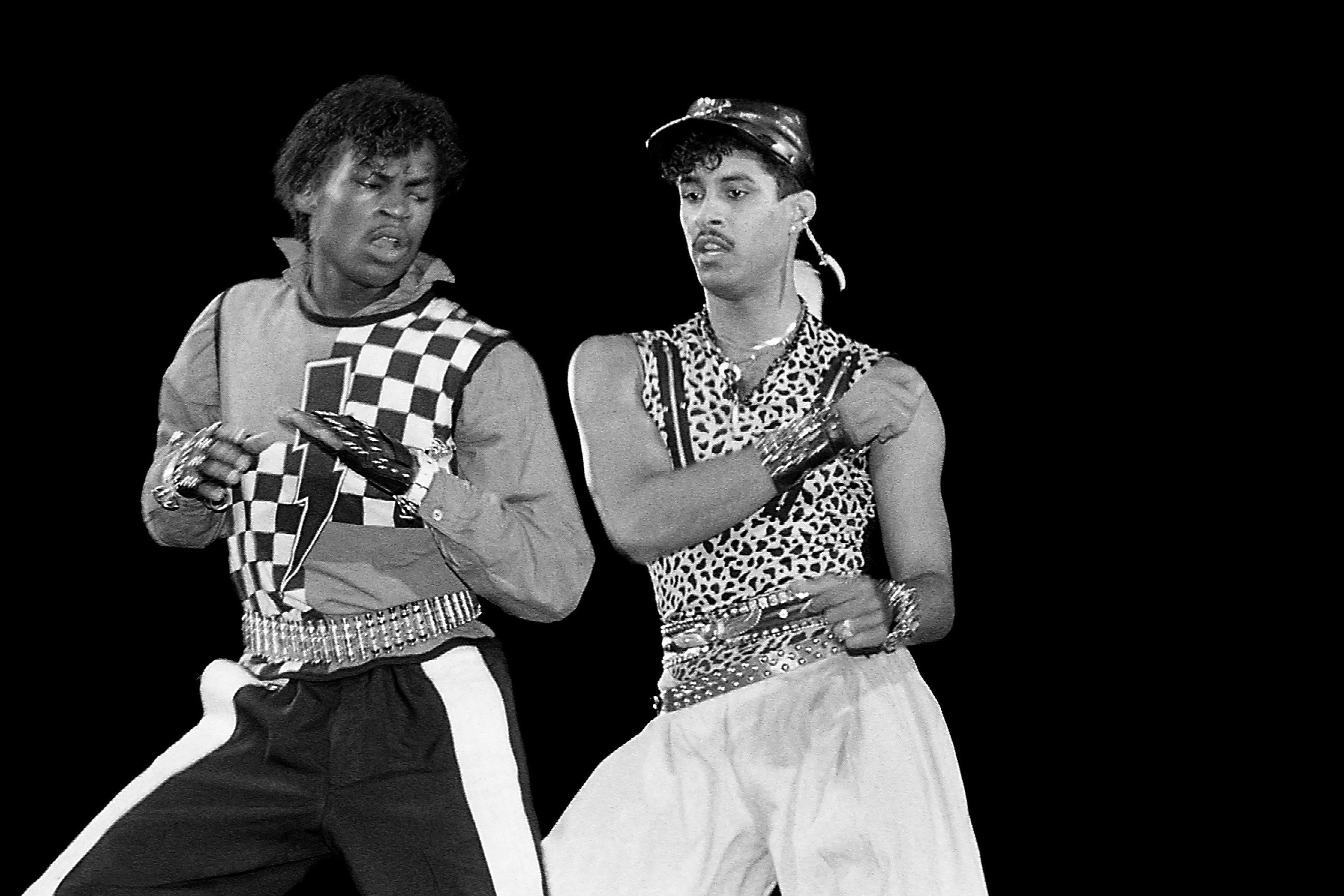
Photos By Raymond Boyd/Getty Images
Oh, and he may have inspired Michael Jackson’s moonwalk, but he’s too humble to take that crown. Here, the legend deconstructs the language of breaking for us, with a bit of Hip-Hop history on the side.
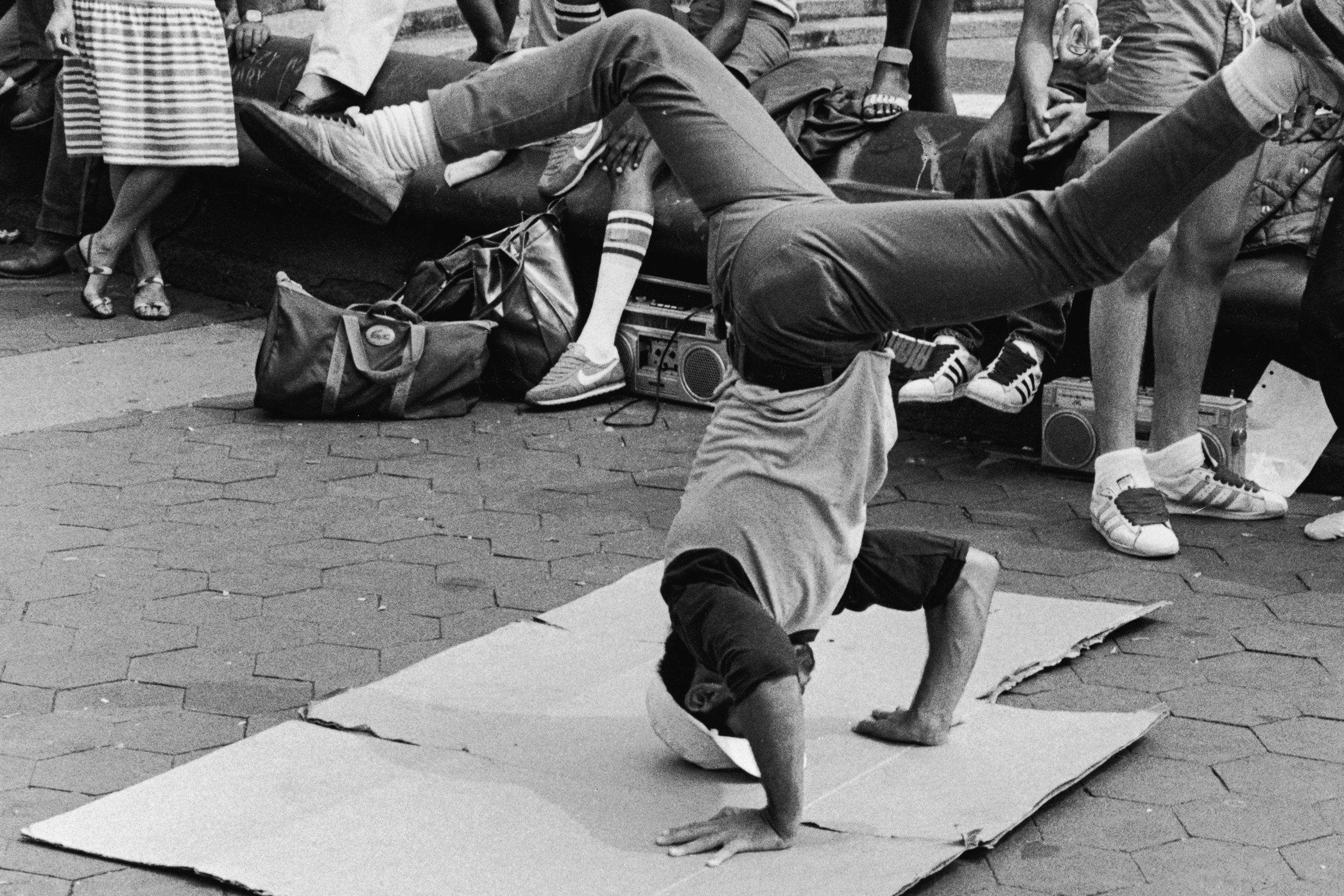
Photo by Leo Vals/Getty Images
Headspin
The headspin’s almost like a handstand; you put your hands on the ground and you’re on your head, inverted. You hold your position on your head until you have your balance and then as you turn with your hands and kick your legs, the G-force of spinning your legs in a circular motion causes revolutions. You’re supposed to be able to balance your whole body on your head while spinning like a corkscrew.
Electric Boogaloo
We did The Boogaloo in L.A. We all had this fusion of terminologies and dance styles, and New York had their interpretation of Hip-Hop dance, and L.A. had their interpretation of Hip-Hop dance and the freestyle dance.
Electric Boogie
New York interpreted popping their own way and called it Electric Boogying. That’s why they said, “the Boogie Down Bronx.” Look at the movie Beat Street. Mr. Wave, when he came out doing his waving, that wiggly style that he was doing was Electric Boogie. The Electric Boogie was an interpretation of the Boogaloo. It was a New York interpretation of what those steps were.

Photo by David Corio/Redferns
Backspin
A backspin is done on your spine, on the curvature, almost like if you’re curled up like a ball in a fetal position. There were two different ways people would do it. Some people would start from a standing position and they would jump, tuck, and roll onto the dance floor. They would jump and curl up as they were in the air before they hit the ground into a fetal position, using the momentum to spin. The other way is from a one-armed tabletop slide onto your shoulder, then onto your back holding your legs open, then slowly bringing them into a ball while you’re spinning.
Backslide (aka: Moonwalk)
This is what we called it before someone first called it the moonwalk. It’s standing in place but sliding each foot backward. Then my brother James added moving backwards to it, which we called “gliding.” We were trying to move like the NASA astronauts. In Flashdance, Mr. Freeze comes out doing his moonwalk, his backslide with the umbrella.
In 1982, Channel 7 news did a spot on street dancing in LA. My friends and I were dancing at Hollywood and Highland. There I debuted my backslide and gliding. The producer Susan Scanlan later called me, Bruno Falcon (the other dancer that became a choreographer), and Felix Montano (who went on to be a featured dancer in “Captain EO”) and said we were invited to the Jackson mansion in Encino. I was 15. We weren’t allowed to take pictures and blah-blah-blah. Michael hosted us and introduced us to Rebbie, Janet, La Toya, Joe, Katherine, and some other people. There was a rehearsal space right behind their kitchen. We went in there and he had a sadistic grin on his face, like he wanted to show them something. He put the music on and pointed to us and we did our thing to Roger Troutman’s “Dance Floor.” I didn’t even know why we were there. We just did it, but right after I danced, I remember Joe leaned over to Michael and he was whispering something to him.
Michael was a smart person. Remember, popping is a freestyle dance and nine times out of 10, once people master it they come up with their own moves and make their own style. His secretary ended up calling me a few more times and asking if I was available to come rehearse. He would videotape all the sessions. I wouldn’t say I taught him, but we worked together. At the Motown 25 performance, he just did one backslide, and then he did another backslide and that was it. But if you look at the live version of Billie Jean on the Victory Tour after our session, now they have a longer breakdown in “Billie Jean,” and in the concert version Michael’s floating in place. He’s moonwalking in place. He does a circular thing, and then the rest is history. That became the precursor to him growing as a solo freestyle dancer.
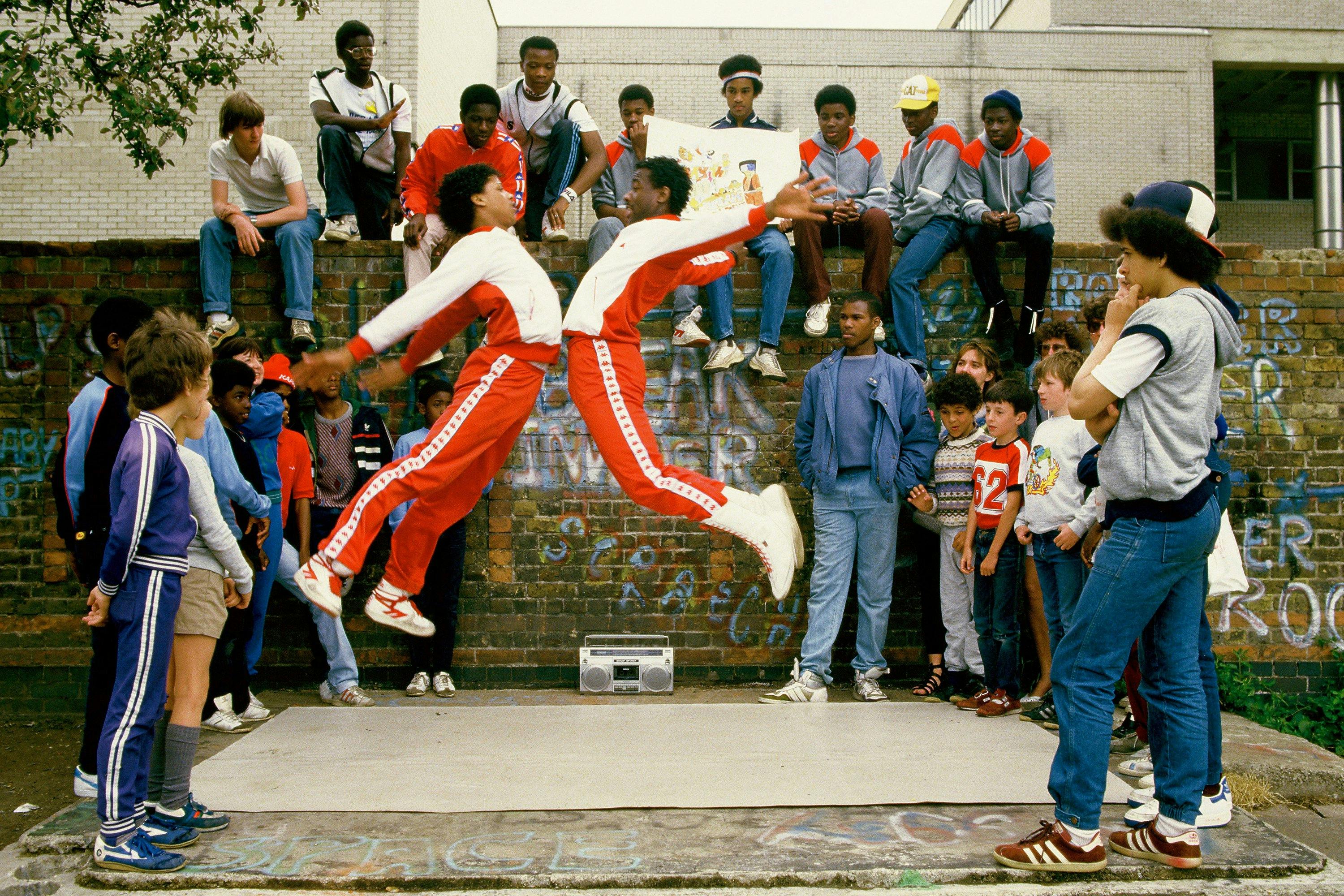
Photo by: PYMCA/Universal Images Group via Getty Images
Chest Bump
Some of those dance moves were aggressive, but nonviolent. When you see a chest bump in motion, it’s like they were saying “Get off me, dude. Back up!” I didn’t practice that that much because of my stature. I was like Michael: “I’m a lover, not a fighter.” I was not going to be chest bumping somebody when I don’t even have the muscles to overshadow a ramen noodle.
Get Down
I always thought when you heard the words “get down,” it brought out the best in somebody. It meant you were going to get a show, because now that person’s ready to rip it. So when somebody says, “Hey! I’m about to get down,” you move the chairs and stand back because something is going to happen.
Kneespin
That’s the one that I made popular in my solo in the movie Breakin’. You would get on your knee and kick one leg straight out. One knee would be on the floor and your one leg would be stretched out and your arms would be to your side, like an airplane position. Once balanced, and as you do hand-over-hand cross, hand-over-hand cross, you pick up enough speed to release your hands from the ground and turn on your knee. My knee is still injured from that.
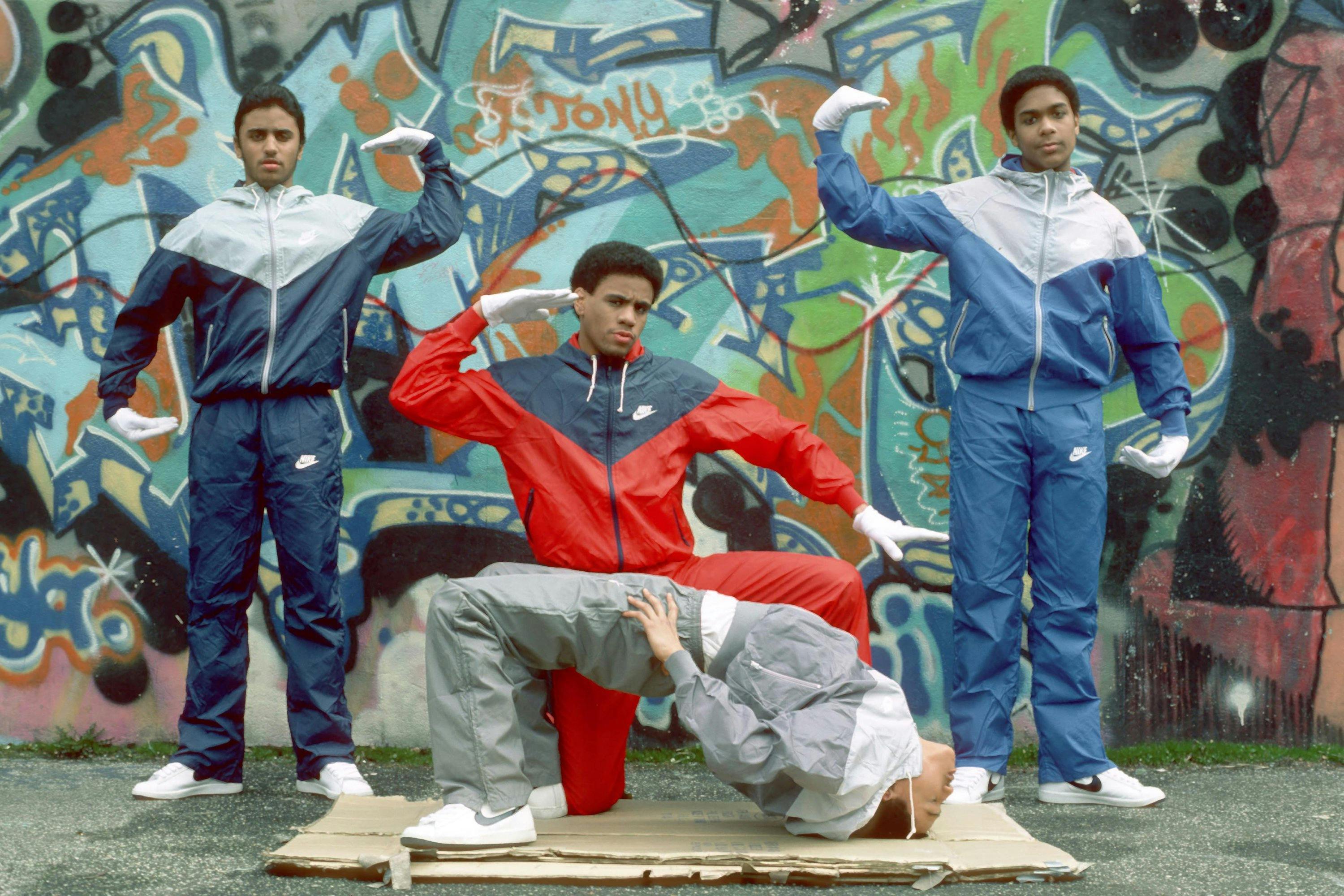
Photo by Michael Ochs Archives/Getty Images
Liquid Animation
I coined this term in the ’90s after working with Paula Abdul on the “Opposites Attract” video playing MC Skat Kat. It’s my signature style. I got into studying eels and sea life. If you look at how smooth an eel, an octopus, or a jellyfish is in the ocean, how they glide with buoyancy, it is mesmerizing. I wanted to kind of imitate the illusions of natural life, that reptilian smoothness. Liquid is the smooth and the waving part of how I dance, but the animation is when I become robotic and toy-like.
Locking
As Adolfo Quiñones would say, locking was the rolling of the wrist. You would roll your wrist and then point. He called it the Uncle Sam: “Uncle Sam wants you, I want you, I want you, I want you.” You would point in different directions, almost like a compass pointing north, east, south, and west. So rolling, then point, point, point, rolling, point, point, point. The lock is almost like a chicken wing, like the funky chicken. Your arms would lock in place. After you roll and point, you would lock to make like a pause. You lock in place, like “How ya like me now?”
Moonwalk
A movement popularized by Michael Jackson. See Backslide.
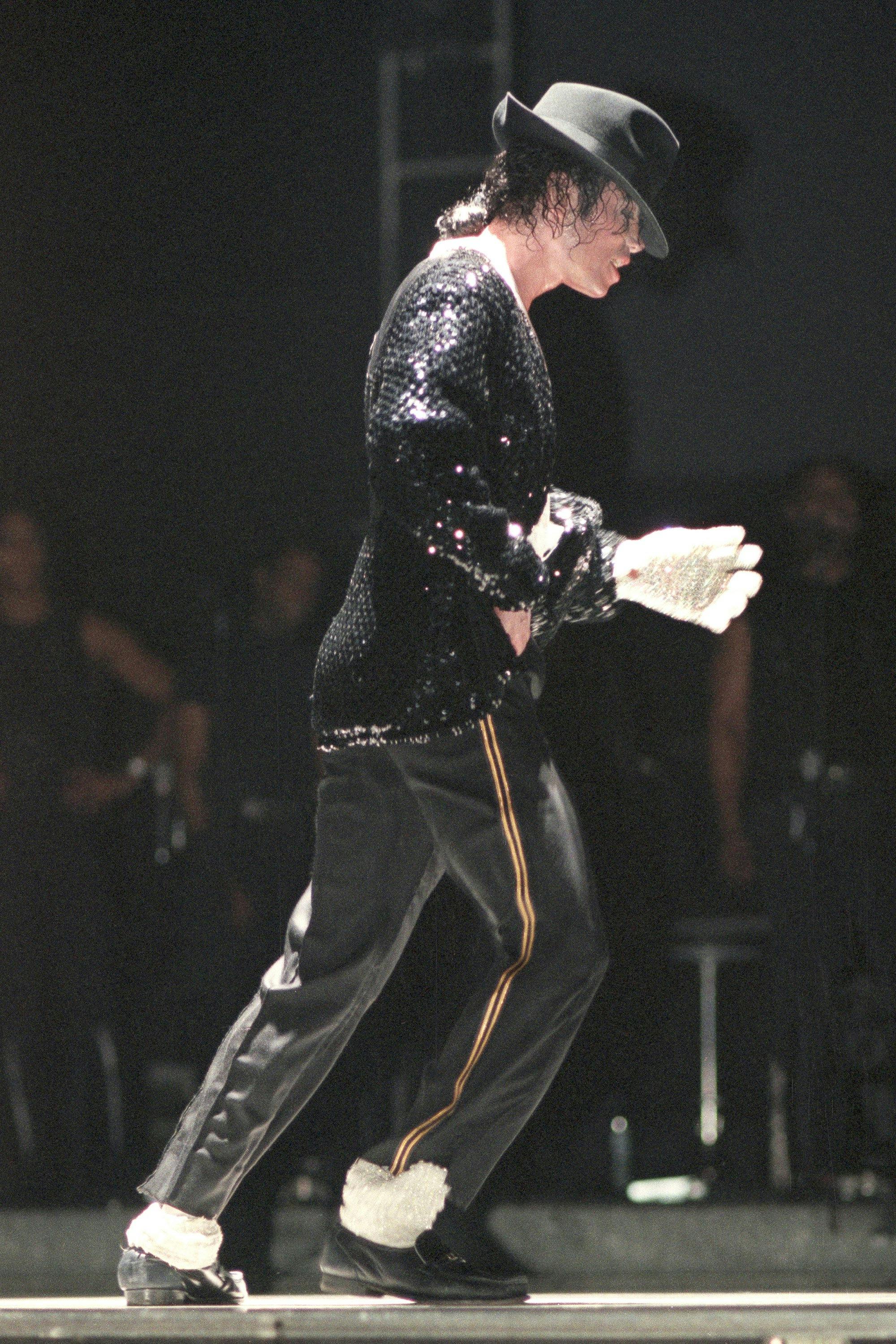
Photo by Phil Dent/Redferns
Popping
Popping was like spasms. It’s the jerking motions of locking your bones. Each movement was pretty much timed to the bass and snare of any track that was played. I usually make Parliament or Afrika Bambaataa a reference, because if you hear the bass and snare you would tense and pop to the bass and the snare. Tighten and release, tighten and release. So the pop was tightening, and the release is a snap. It would be like jerk, semi-pivot, jerk, tighten and release of each joint.
Robotics
Robotics is when you’re dancing machine-like, like you’re transformers. You had to really think like you were mechanical and engage each movement very slowly, like a machine. When a machine has, like, a rotary turning pivot, there is always usually a sound. You engage each arm, each rib at every move. If you were standing up and you sat down, there has to be a slow, mechanical-like motion that engages your torso and your knees and your arms, and you would lock in position, but do it like a machine so it was more mechanical. Normski from the Rock Steady Crew does his incredible robot with white gloves on in the movie Flashdance.
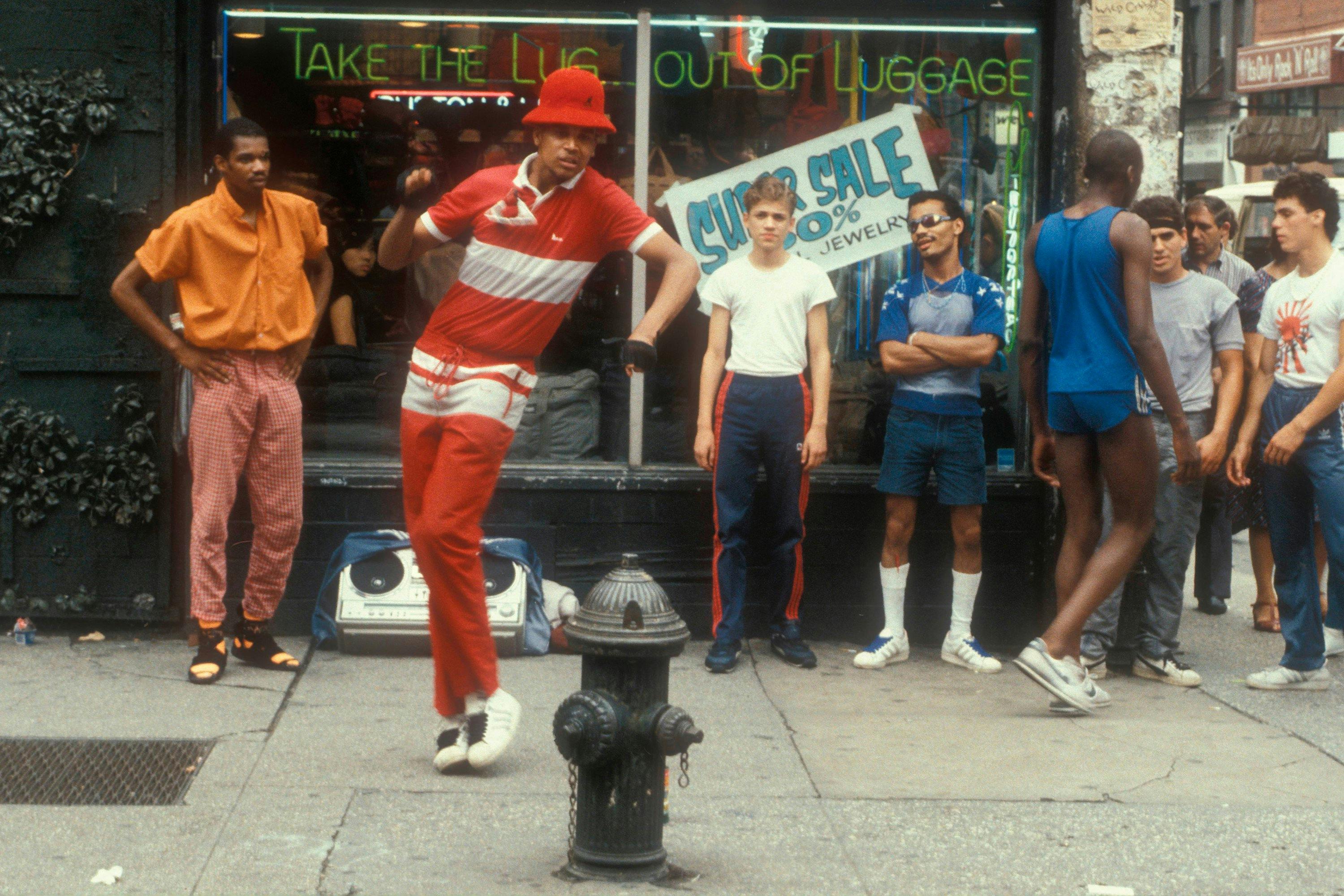
Photo by: PYMCA/ Universal Images Group via Getty Images
Ticking
Ticking is moving like the second-hand dial on a watch. Tick, tick, tick, but sped up. If you imagine a watch — the second-hand dial on a watch or a stopwatch. Each movement you make is in different frames. You could walk in that motion, tick, tick, tick, tick, and you change your movement to that beat, tick, tick, tick, tick.
Uprock
For me, the uprock was like an adrenaline booster. It was a precursor before you did the power moves because every breakdancer had to really be strong enough to execute those moves with precision. When I would see people uprock, that was like when a runner does light cardio to limber up. Ken Swift from Rock Steady said when they did the uprock in New York, it was a way of disrespecting your enemies. It was like you would shank them. The movements with their arms were like, “I’m throwing this at you.” It was like a dis. But I just interpreted it like, “OK, you know what? I need some adrenaline, and I need to get a pump before I go to the floor.” It was like a caffeine boost of energy.
The Wave
You wave with your arms and legs, then your whole body. It feels like when you’re riding on a freeway and you put your arm out the window and just let it go. As the air hits your arm, the sensation of the wave is as smooth as silk. When dancing, you transfer your energy from your hand in a fluid motion, almost like a kite catching that blowing sensation up your arm and into your body.
The Worm
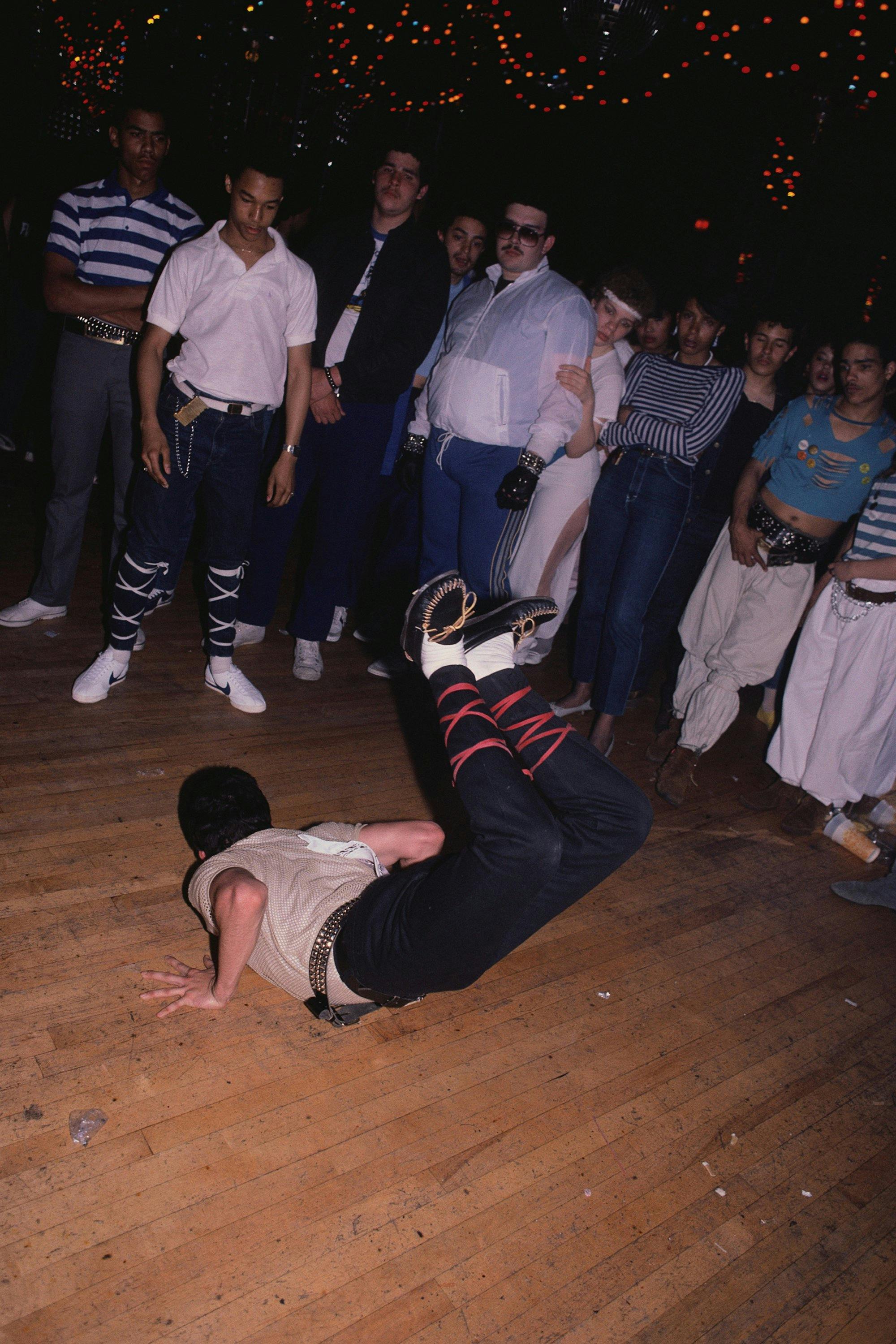
Photo by Lynn Goldsmith/Corbis/VCG via Getty Images
The worm is when you’re lying flat like a plank on the floor and you raise your head up, but you move like a worm. If you look at a worm, it hinges. I always thought that this should have been called the caterpillar, because if you look at a caterpillar, a caterpillar pushes its back up first and then it goes forward. It’s a back-forward hinge, like a Slinky. With the worm, you would scoot forward in this way. You bend your knees with feet up toward your butt, kick your legs back, and raise the front of your body up using your hands, and then scoot.
* Banner Image: Boogaloo Shrimp and Shabbadoo perform October 1985. / Photo By Raymond Boyd/Getty Images



